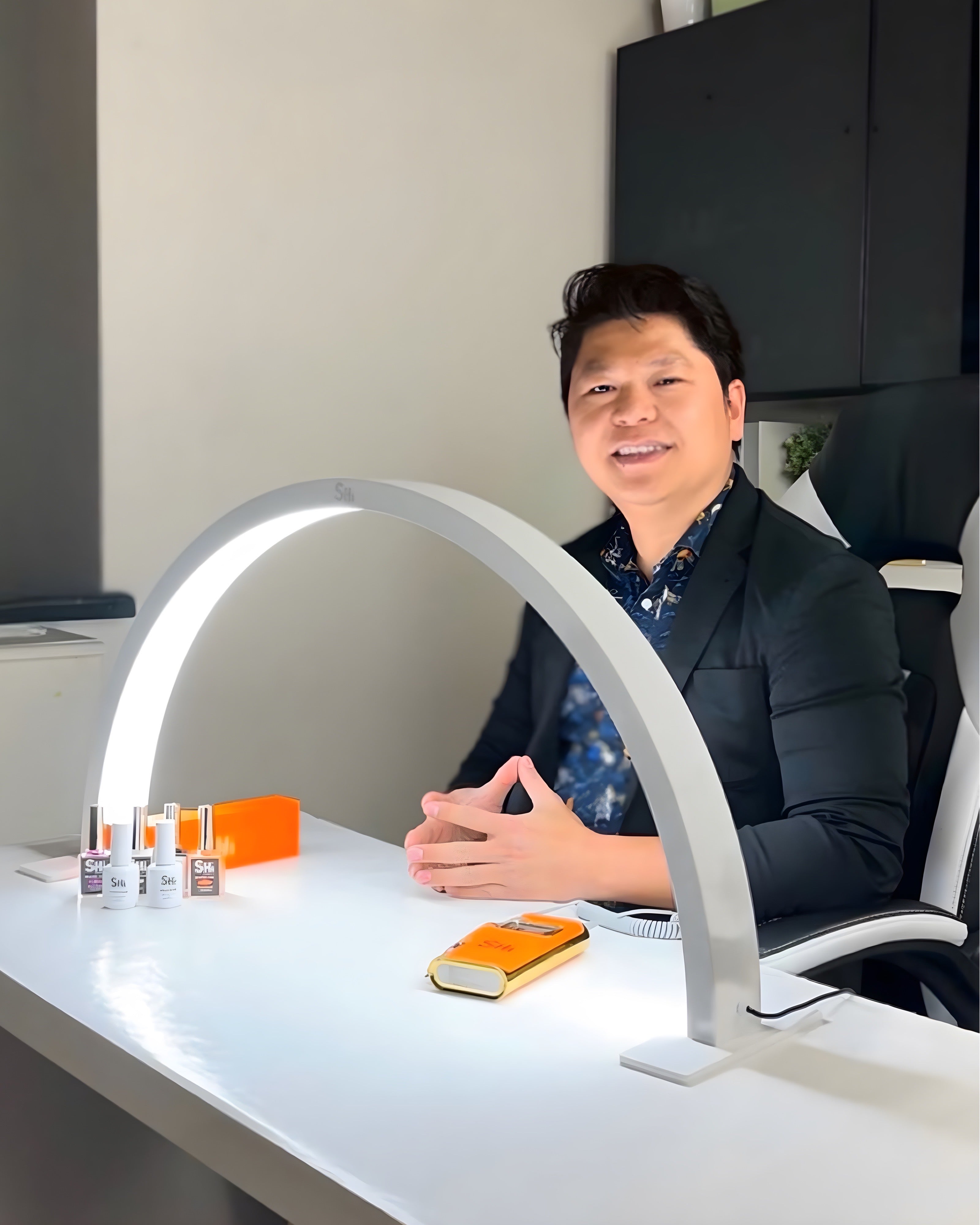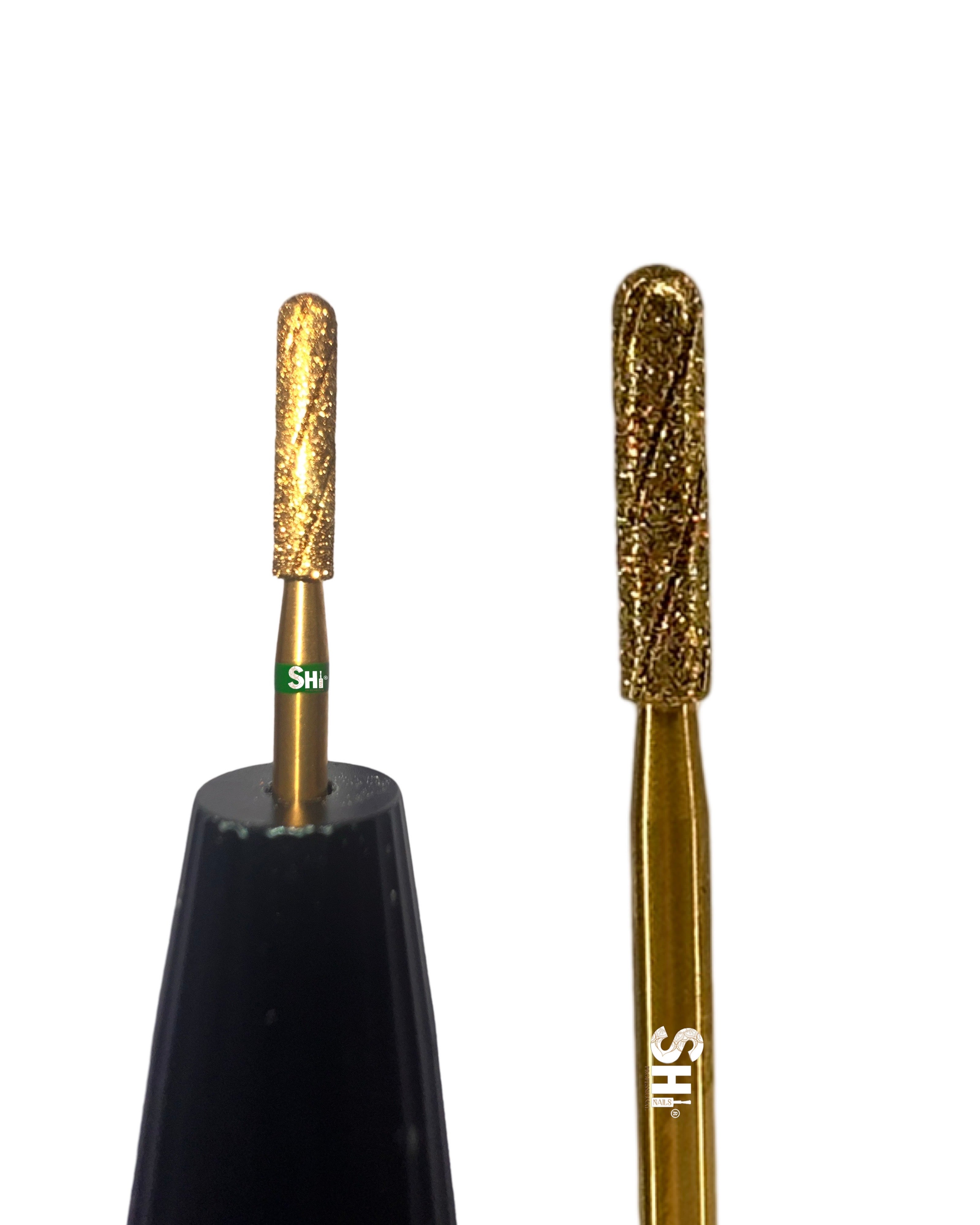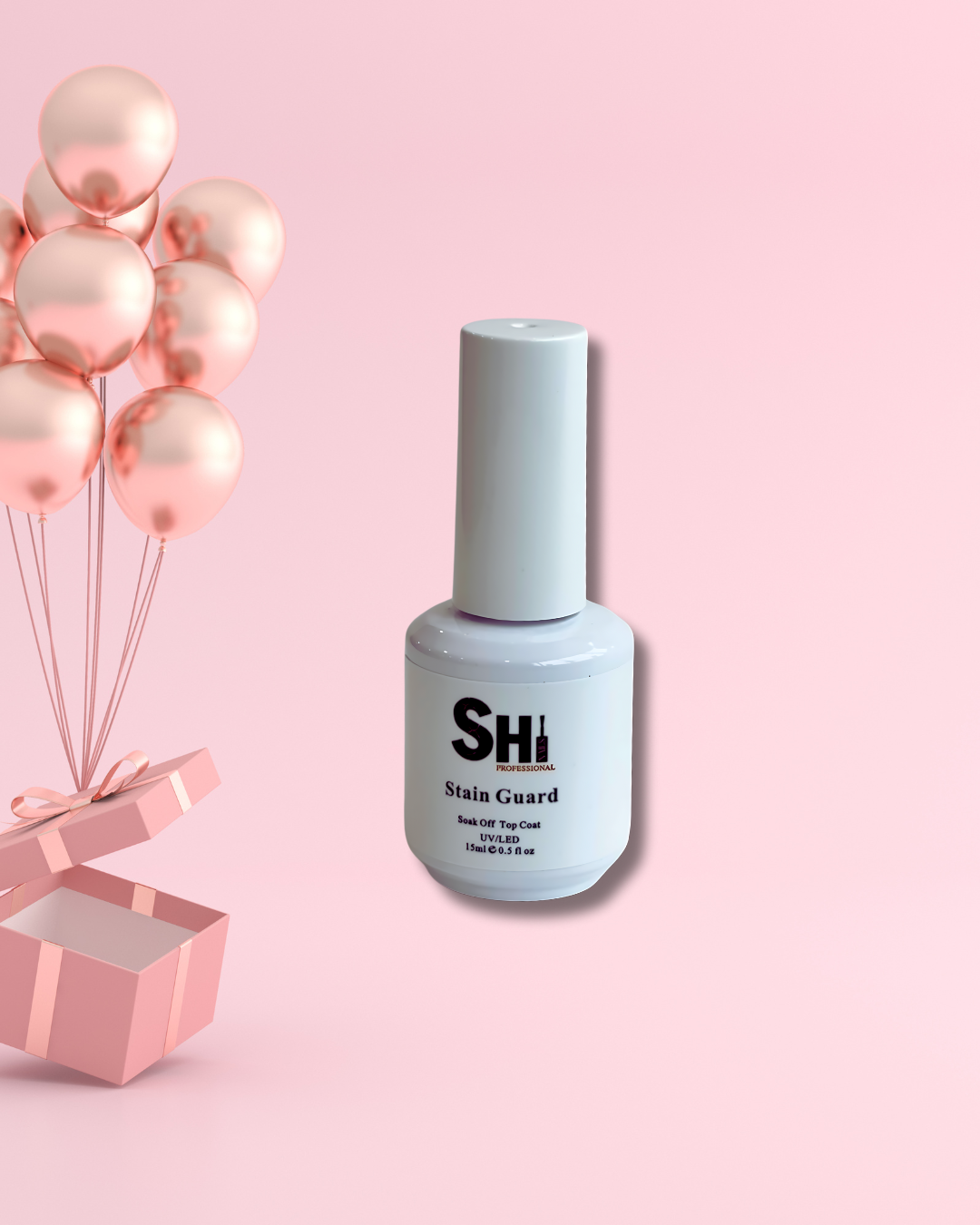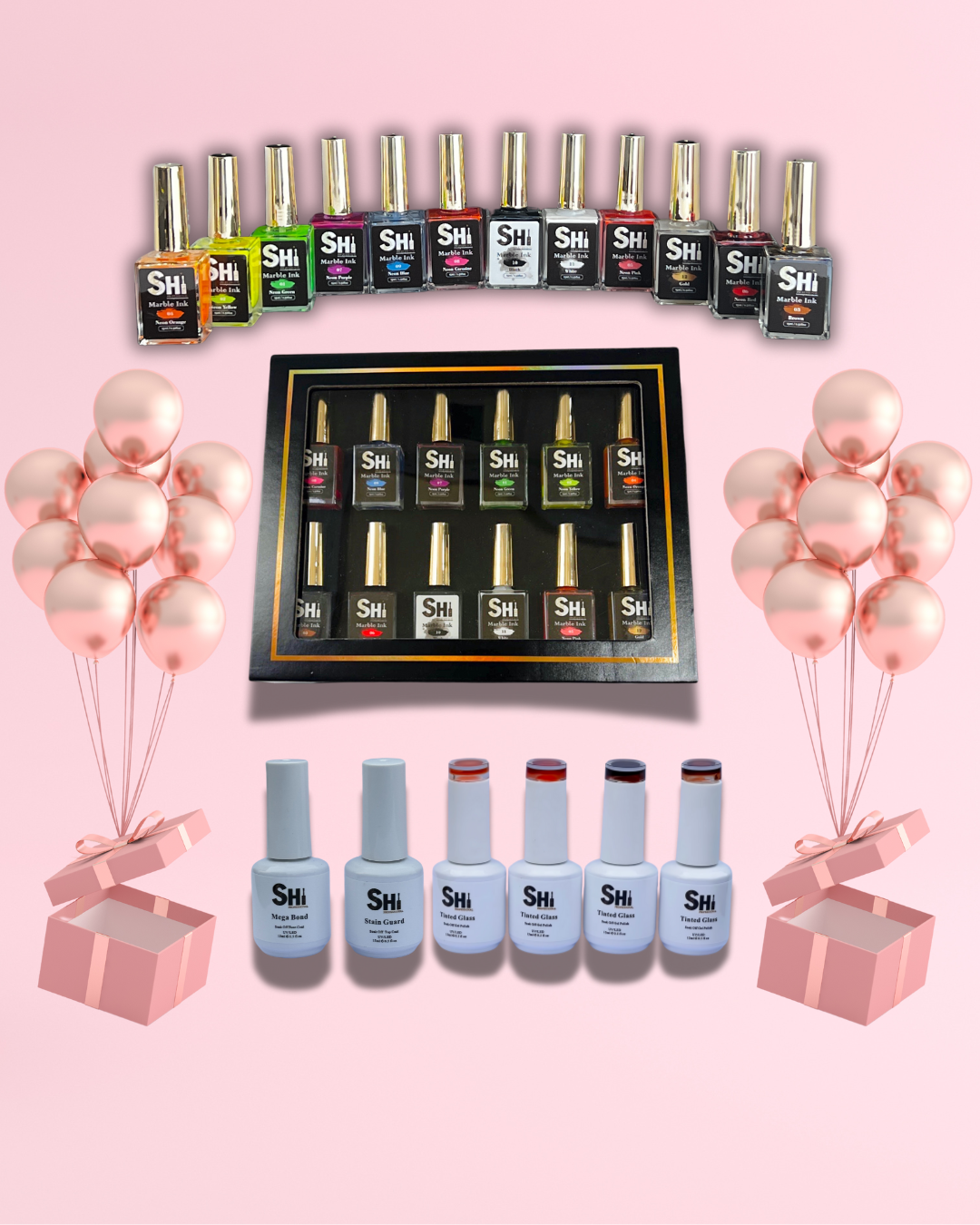Things I Wish I Knew About Acrylic Nails Sooner
I used to think creating flawless acrylic enhancements was all about artistic flair. But the real secret lies in the science behind the technique.
For example, using too much monomer makes your mix ratio too wet, flooding the cuticles and leading to lifting, breakage, and overexposure for your client. It's basically a recipe for disaster.
On the flip side, using too little monomer results in a dry mix—like trying to bake a cake without enough milk! You end up with weak, brittle nails that won't last.
Mastering the perfect powder-to-liquid ratio can be challenging, and I wish I'd known how crucial it was from the start. Not only does it save product and time—it also ensures a flawless finish.
To get the best out of your nail products and make them work for you, it is important to understand the chemistry behind them. Let's look into the chemistry of acrylic.
Monomer vs. Polymer
Monomer, or "Liquid," is a molecule that binds chemically to other molecules to form a polymer. Nail liquid is a monomer made mostly of ethyl methacrylate (EMA), sometimes also including other monomers and additives.
Polymer, or "Powder," is a synthetic substance consisting of large molecules made up of a linked series of repeated simple monomers. During manufacturing, the monomer is mixed with water, an initiator, and a catalyst to convert it into polymer beads.
Acrylic Setting Times
Regular acrylic takes approximately 1 minute 30 seconds before the product cannot be moved, and 4 minutes 30 seconds before it's ready to be filed. Fast-setting acrylic is even quicker, with a 1-minute non-movable time and 4-minute filing time.
Temperature can greatly affect the setting process. Cold temperatures slow it down, while heat speeds it up. Finding the perfect consistency is paramount for strength and durability.
Mix Ratio
Creating the perfect acrylic bead is all about the mix ratio of monomer to polymer. Too much monomer leads to a wet, weak enhancement that's prone to lifting and breaking. Too little monomer results in a dry, brittle structure.
The key is to find that sweet spot where the bead has the appearance of a wet pearl—flowing slightly but holding its shape without running.
Practice makes progress when it comes to perfecting your acrylic bead pickup and mix ratio. It may seem tedious at times, but mastering this skill is crucial for delivering flawless acrylic enhancements every time.
Conclusion
The chemistry behind acrylics is complex, but understanding it can make all the difference in your nail art. From the monomer-polymer relationship to setting times and mix ratios, there's a lot to learn. But with time and practice, you'll be creating salon-worthy acrylic nails in no time.







Leave a comment